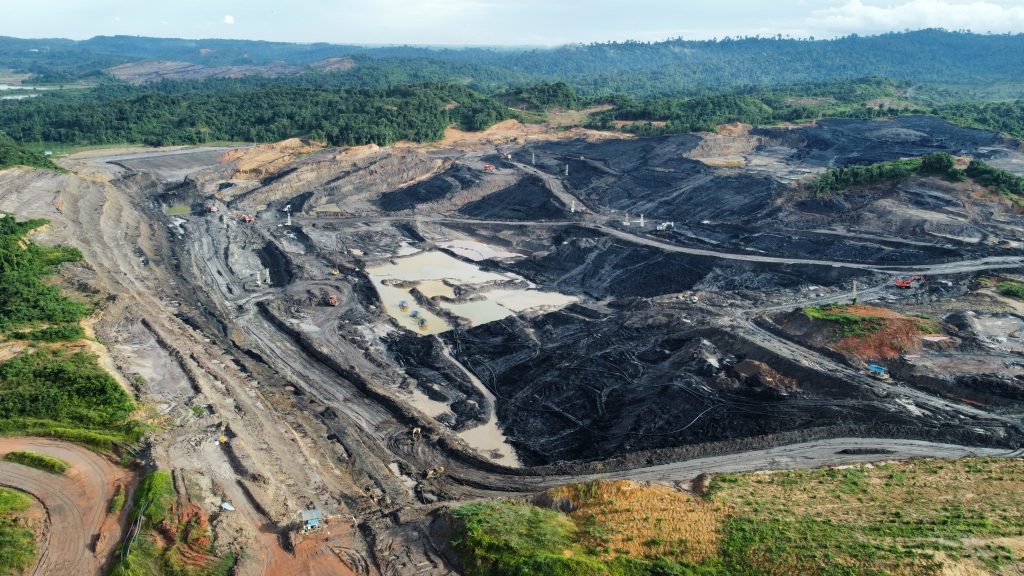Press Release
Jakarta, March 21, 2022
Not only in the power generation sector, but the transition into renewable energy also takes place in the manufacturing sector. The climate change that is taking place due to increasing concentrations of carbon dioxide and other greenhouse gasses has occurred globally. The industrial sectors that use the most energy are the food and beverage, fertilizer and chemicals, and cement industries. This means that these industries generate a huge amount of carbon emissions. Some of the companies in this sector also have switched to using renewable energy.

In Indonesia, coal is the most used fossil energy source, compared to other sources of energy, with 38% contributions to national energy in 2021.
Siti Shara, Researcher for Climate Finance and Energy of AEER Association, said that the shifts to renewable energy by industry should be done significantly, not just as greenwashing. The companies that have not made the transition towards renewable energy are risking their product’s public image.
The AEER Association notes that this transition has occurred in various sectors. In the food and beverage sector, Danone-Aqua (Danone Indonesia), the largest beverage company in Indonesia, has built 4 roofs Solar Power Plant throughout 2018-2021 and is targeting the installation of solar panels in 21 Danone-Aqua factories in Indonesia with a total capacity of 15 MW in 2023. In the fertilizer and chemicals sector, PT Chanda Asri Petrochemical Tbk has built solar panel installations in 2019 and continued with the addition of solar panels in 2021. There is also PT Pupuk Kaltim that also install a solar power plant with a rooftop on-grid system in 2022. In the cement industries, there are PT Semen Padang and PT Semen Tonasa which are not dependent on coal energy. They generate electricity from solar power plants in their power plants.
Several other industries also took action and negotiated acceleration in energy transformation from fossil-based fuel towards renewable energy. However, this number is still far below the number of the industries that have not taken steps towards clean energy. If the five largest food companies in Indonesia – namely PT Indofood CBP Sukses MakmurTbk, PT Sido Muncul Tbk, PT Akasha Wira International Tbk, and PT Tiga Pilar Sejahtera Food Tbk – built solar power plants with the same capacity as Danone Indonesia, this would reduce carbon emissions by more than 83000 tons of CO2/year.
In the fertilizer sector, there is PT Pupuk Indonesia, the largest fertilizer and chemical producer in Indonesia has 9 subsidiaries that have not yet switched to environmentally-friendly energy. They still use fossil-based energy for their electricity. In addition, PT Lotte Chemical Titan Nusantara, PT Trans Pacific Petrochemical Indotama (TPPI), PT Kaltim Pasifik Amoniak, and PT Lautan Luas Tbk as a leading industry have not changed their energy sources to green energy.
Although 2 subsidiaries of PT Semen Indonesia have made an energy transition, there are still other subsidiaries that have not transitioned from coal energy. PT Semen Indonesia controls 53,1% of the national cement market. PT Indocement Tunggal Prakarsa Tbk (INTP) and PT Semen Jawa is the same.
Siti Shara added, using coal energy has bad environmental impacts and causes economical losses. The best option is to replace coal-based energy with clean energy. The industrial sector can achieve energy efficiency to reduce the environmental impact. We urge the companies in the industrial sector that is not using renewable energy yet to take actual steps to remove coal from their sources of energy. The industrial sector has had to abandon dirty energy sources that damaging the environment badly. Economically, building a new renewable energy power plant is cheaper than operating a new coal-fired power plant. The industrial sector can also reduce the cost of environmental countermeasures due to coal emissions. This is part of efforts to build a sustainable economy, improve the quality of life, and save the earth from the climate crisis.


